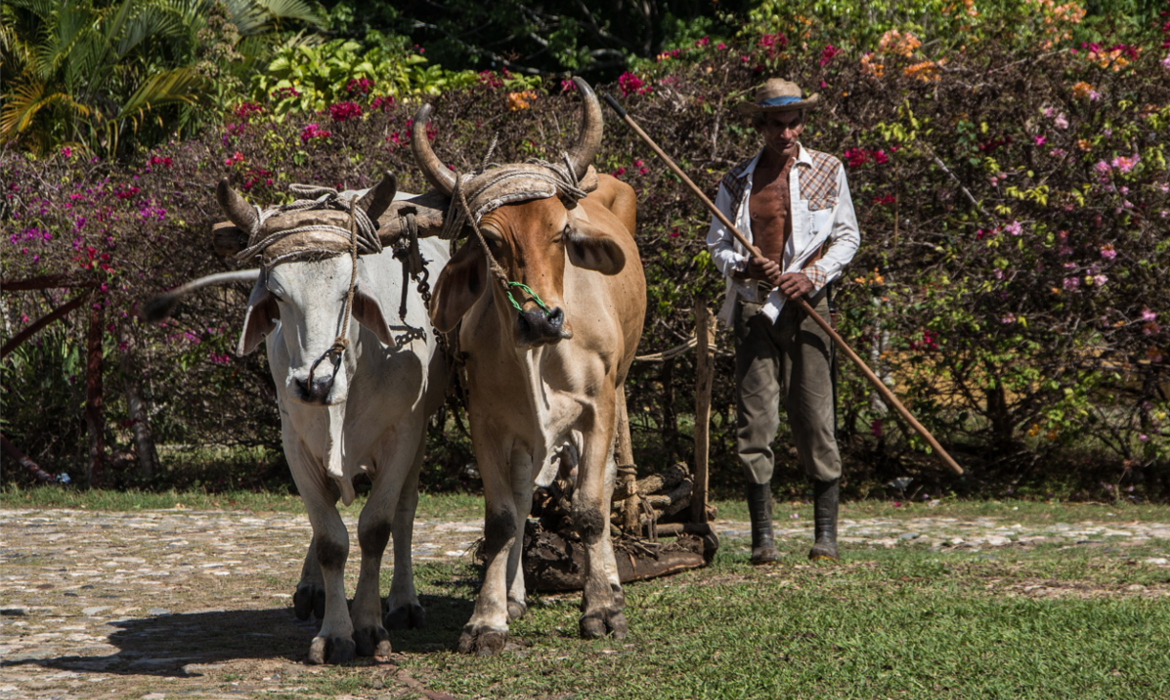Four Important Lessons from Cuba’s Urban Food Survival Strategy
Author: Aurel Keller
Cuba has come a long way since the collapse of the Soviet Union, when the loss of imports crucial for the island nation’s industrial agriculture system—such as chemical pesticides and fertilizers—left Cuba with a severe food crisis in the 1990s. Today, Cuba has become a regional leader in sustainable agricultural research. Within its practices and institutions lies a model for localized and small-scale urban agriculture.
With the loss of the Soviet market, which had imported sugar at subsidized prices, and the fall of global sugar prices in the late 1980s, sugar monoculture production in Cuba collapsed. Out of necessity, Cuba underwent a social, scientific, and economic push toward self-sufficiency. This shift required radical change for the authoritarian communist state as desperation and cooperation drove innovation in sustainable agriculture and urban farming. Although Cuba’s successes relied on country-specific policy adoptions and favorable geographic conditions, the country’s scientific frameworks and practices are widely applicable in other regions.
Reforms Propelled by the Government
Cuba’s success hinged on the adoption of Article 27 of the constitution in 1992, which recognized the state’s innate duty to ensure the sustainable use of resources and to protect the nation’s environment and people. The Cuban state and the Ministry of Agriculture instituted austerity measures, re-adjusting priorities and resources into support roles. State companies in many sectors became employee-owned co-ops, and small-farm distribution programs were greatly expanded. Realizing the need to meet the population’s basic food needs with limited resources, funding for agricultural research infrastructure was expanded to optimize low-input, small-scale farming. The government stepped back from direct management and worked with grassroots organizations and co-ops to provide support through extensive research partnerships to optimize and spread beneficial practices.
Grassroots Organizations and Co-ops Were Key
Grassroots organizations—representing small-scale farmers, animal producers, and agricultural and forest technicians—became essential in forming cooperatives and spreading services and education in Cuba. The small farmer organization, ANAP, has been active since the 1980s, working with farmers and the government to teach beneficial practices and create farmer’s cooperatives—groups of farmers who combine their resources and create employee-owned businesses that provide production, credit, and service assistance. Initially slow, the spread of farm co-ops grew once President Fidel Castro recognized their benefits, with official support commencing in 1987, and picked up speed as land-distribution and support programs expanded. Working with agricultural research outposts and universities, ANAP was instrumental in facilitating the extensive spread of research extension programs through its network, as well as propagating resulting improvements. Many peasant farmers were members of ANAP and participated in co-ops, successful to the point of producing 60 percent of produce on 25 percent of worked land in 2003.

